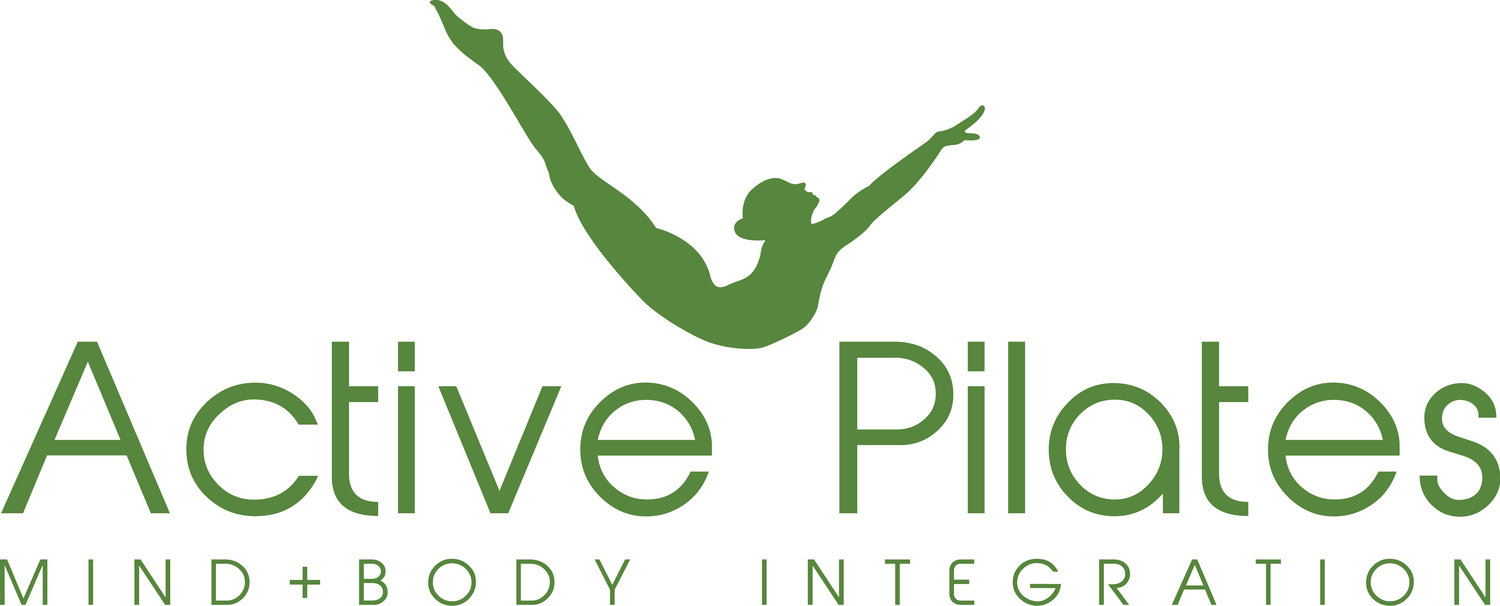How to improve your sports performance with Pilates
Australia is a renowned sports-loving nation.
According to the National Sports Participation report by Roy Morgan, the sporting activities we love most – in order of popularity - including walking for exercise, gym/weight training, jogging, yoga, fishing, Pilates, golf, marathons/running and pool/snooker/billiard.
And while few of us are training for the Olympics, many of us strive to get better at our chosen sport. We track our progress using smartphone apps. We regularly check-in with our personal trainer at the local gym or park.
Pilates can help your sports performance by building strength and resilience
A regular Pilates workout can be the foundation of a healthy body. Through Pilates, you actively support your body’s flexibility, coordination and core strength. These are all essential for improving your athletic performance in any sport.
Pilates is often used by elite athletes during injury rehabilitation. But it’s also an excellent way of preventing injuries happening in the first place.
Here are a few ways Pilates supports the body in your chosen sport:
The benefit of Pilates for runners
Running as a stand-alone sport or as part of an organised sport, like football or hockey, is an excellent activity for whole-body fitness.
Pilates can help runners through specific exercises which strengthen and stabilise the spine and hips and support overall joint mobility.
By firming up core strength, many runners find it easier to run uphill because they’re more stabilised.
Pilates works on your breathing while you move. Efficient breathing is essential for runners looking to improve their performance.
Pilates can also help relax and stretch muscles that often become tight and sore through running.
Pilates benefits for swimmers
Australian’s love swimming. Whether you’re swimming competitively or you’re a regular lap swimmer at your local pool, Pilates can help you swim more efficiently and avoid injury.
Pilates helps to increase your body awareness. It can help you ‘tune-in’ to the most efficient patterns of movement to help you move through the water.
Swimming involves a certain amount of repetitive movement. Particular joints, such as shoulders, can suffer if your muscle strength is unevenly distributed. Pilates is a great way to strengthen muscles that have an important supportive role.
Breathing come naturally right? For swimmers, getting the right rhythm can make all the difference to how well they swim. Pilates helps guide you to breathe in the most efficient and effective way. It encourages you to breathe more deeply which can help improve lung capacity and stamina.
According to swimming experts at US Masters Swimming Pilates can also help swimmers with balance in the pool. It can help avoid a lack of rotational coordination in the whole body.
“To breathe correctly you must completely exhale and inhale, always trying very hard to ‘squeeze’ every atom of impure air from your lungs in much the same manner that you would wring every drop of water from a wet cloth.”
Choosing Pilates exercises that prepare your body for the sport
No matter what sport you choose to do, Pilates can make a difference.
There are some universal Pilates exercises that everyone should do for their overall health. But if you’re looking for the ‘right’ exercises to suit your body and your particular sporting activity, it’s always best to speak to a qualified Pilates instructor.


